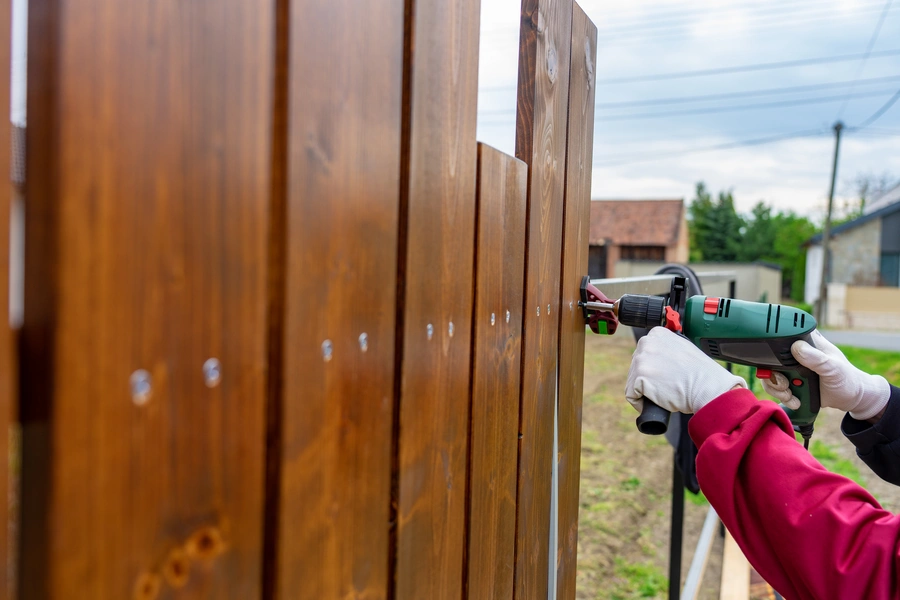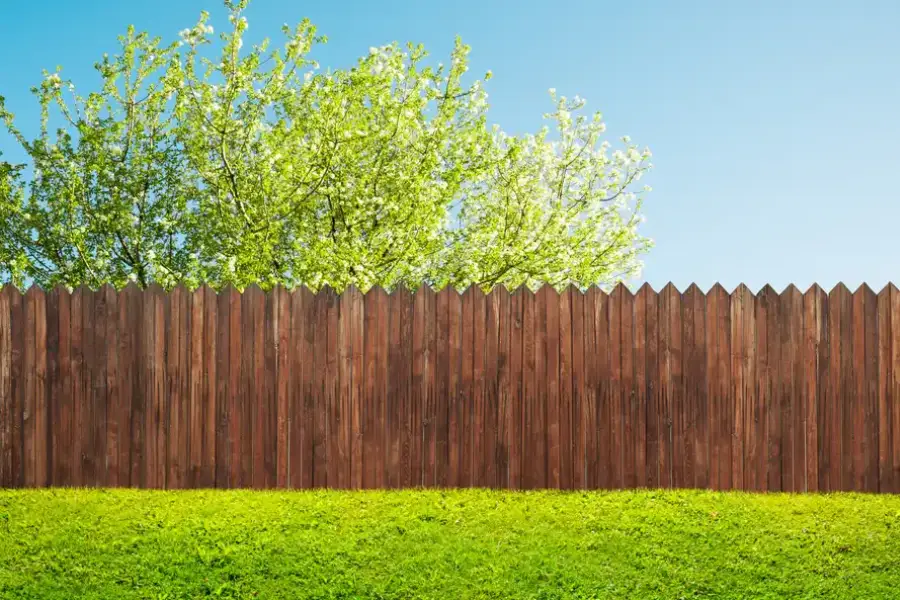Understanding the Impact of Proper Post Placement
Fence post placement is crucial for ensuring that a fence remains stable over time. Properly placed posts contribute to the strength and durability of a fence, which can help it withstand harsh weather conditions and regular wear and tear. When posts are installed correctly, they support the weight of the fencing material and distribute force evenly. This prevents sagging and shifting, which can lead to costly repairs or replacements down the line.

Benefits of Accurate Post Placement
Accurate post placement offers several benefits that enhance a fence’s performance. Firstly, it improves structural integrity, ensuring that your fence stands straight and strong. Secondly, it enhances longevity by preventing issues like rot and decay from affecting buried parts of the post. Moreover, correct placement maximizes stability even on uneven ground, providing consistent protection and privacy.
Challenges in Achieving Proper Placement
Achieving proper placement involves overcoming challenges such as soil type variability and terrain irregularities. Different soils require different installation techniques. For example, sandy soils might need deeper posts to counteract potential shifting. Similarly, rocky terrains may necessitate adjustments in post depth or alignment to maintain balance and support. Addressing these issues is vital for successful fence installation.

Steps for Correct Fence Installation
Installing a fence with precision requires careful planning and execution. Here are steps to ensure optimal post placement:
- Determine boundary lines accurately using a surveyor’s map.
- Select appropriate materials based on soil type and weather conditions.
- Excavate holes at least one-third of the post length deep for stability.
- Align posts using string lines to maintain straightness across sections.
- Backfill holes with gravel or concrete to secure posts firmly.
Best Practices for Ensuring Longevity
Ensuring long-term stability starts with adopting best practices during installation. First, use treated wood or metal posts that resist rot and corrosion. Second, apply a sealant to protect against moisture intrusion. Third, conduct regular inspections to identify signs of wear early. Implementing these tips will prolong the life of your fence significantly.
Industry Standards to Consider
Adhering to industry standards ensures compliance and quality assurance. Common requirements include meeting local zoning laws regarding height and boundary setbacks. Additionally, following guidelines set by manufacturers for specific materials is essential. These standards not only guarantee safety but also optimize performance, minimizing maintenance needs.
Cost Factors in Fence Projects
The cost of a fencing project is influenced by several factors including material choice, labor fees, and site preparation needs. While initial expenses may be higher with premium materials and professional installation, they offer better return on investment through reduced maintenance costs. Opting for high-quality components upfront can save both time and money in the long run.
Conclusion: Making Informed Decisions
The role of fence post placement is pivotal in ensuring long-term stability and functionality. By understanding the impact of proper installation techniques, you can make informed decisions that enhance your property’s value and security. Contact us at (616) 274-5282 for expert advice on your fencing needs. Based in Belding, MI, our team at Mid Michigan Fencing specializes in delivering durable solutions tailored to your requirements.